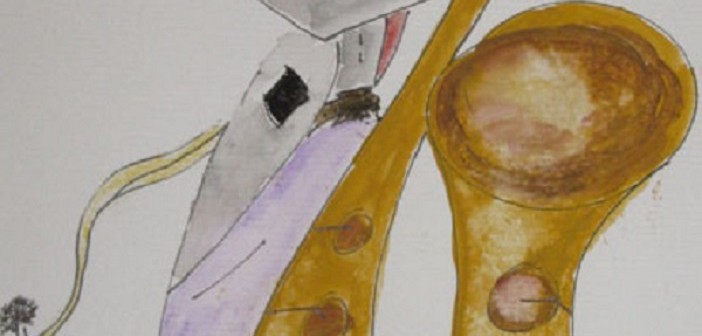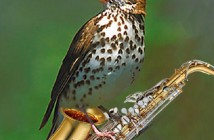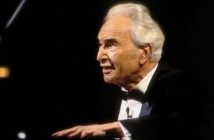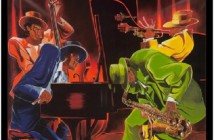EVERYBODY
Half-pint,—
Gin?
No, make it
LOVES MY BABY
Corn. You like
Liquor,
don’t you, honey?
BUT MY BABY
Sure. Kiss me,
DON’T LOVE NOBODY
daddy.
BUT ME.
Say!
EVERYBODY
Yes?
I’m your
BUT MY BABY
sweetie, ain’t I?
DON’T WANT NOBODY
Sure.
BUT
Then let’s
ME,
do it!
SWEET ME.
Charleston,
mamma!
!
Langston Hughes
I don’t know any whisky poems. There are no mid-night rides of James Beam, no whiskies as lovely as a tree. Of course whisky song lyrics are poems for the most part, but I’m talking poem poems.
It may be that poets are on a “higher” plane, busy with their iambic pentameter or free verse. While there is some of the former in whisky—discipline to the rules of whisky making—there is none of the latter—improvising on a theme or playing around with verse and rhyme. So this poem caught my attention: there is a pint, gin and corn liquor early on in the poem. But it was the typography that hooked me. What’s this all about?!
So imagine you’re sitting with your lover in a jazz club, talking, negotiating the rest of the evening. You’re listening to Louis Armstrong and Clarence Williams Blues Five playing and singing “Everybody Loves My Baby,” a popular jazz song composed earlier in 1924.
Langston Hughes is there. He “overhears” your conversation and blends “Everybody Loves My Baby” and your negotiations into a clever and mischievous poem, “The Cat and the Saxophone (2:00 A.M).” There is no meowing in the poem, and some say it’s not a “real” poem, but there is, nonetheless, a cat ‘n mouse thing happening.
The poem has three parts. The title. (Is he talking about a kitty cat, probably not. Rather he may be talking about the cool cat on the horn.) Critics label the other two parts a “bass” voice and a “tenor” voice. The typography Hughes used (replicated above) enables you to distinguish the voices immediately. The song is in CAPS. Your whispers in hush, hush lower case.
Critic James Smethurst writing in The New Red Negro says, “In The Cat and The Saxophone (2 A.M.),” two vernacular voices, that of each poem’s speaker (or speakers) and that of jazz, emerge simultaneously in a manner not unlike the dadaist “simultaneous poems” of Tristan Tzara and Richard Huelsenbeck, as well as the notions of montage in the work of early Soviet filmmakers, particularly Sergei Eisenstein and Dziga Vertov.”
(Not sure what that all means, but there you have it. I’m curious about the poem, so there is more.)
Another critic, Phillip Ernstmeyer says “The Cat and the Saxophone (2 a.m.)” lacks many expected and identifiable poetic features..it is not directly representational; it does not orient a scene or relate a subject’s experience. Indeed, though it is ostensibly arranged in verse, it does not explicitly contain images, rhymes, or tropes. Instead, it records the textures of a space, or a speakeasy…Significantly, although the references to “daddy” and “mamma” suggest male and female speakers, the absence of quotation marks welcomes to the poem a plurality of speakers. Furthermore, their absence, along with the capitalized lettering, suggests that rather than being uttered, like a traditional poem, “The Cat and the Saxophone (2 a.m.)” was written to be seen, a fact reinforced by the unspeakable, visual sign concluding it: a simple exclamation mark (“!”). Fragmented and juxtaposed, these texts oscillate back and forth, interrupting, reflecting, amplifying, and intensifying one another, like a jazz improvisation.
The analysis, as I said, is over my head. But I found it interesting, like the subtle tastes of a complex whisky. If you want more of what the critics have to say, this is a good place to start. If you do go there, take a dram along, I think you’ll need it.




